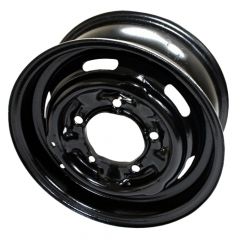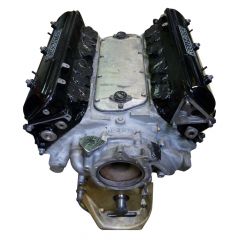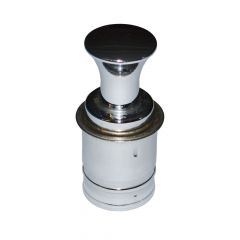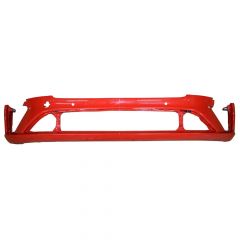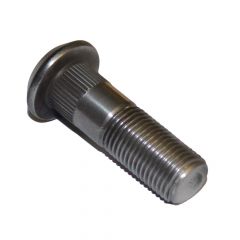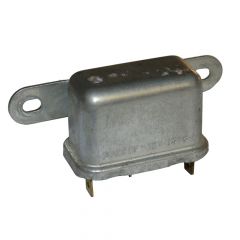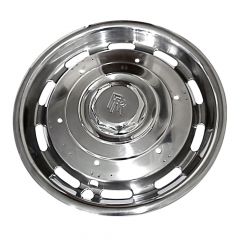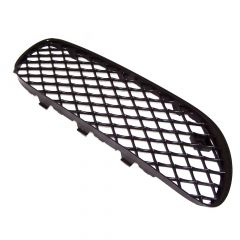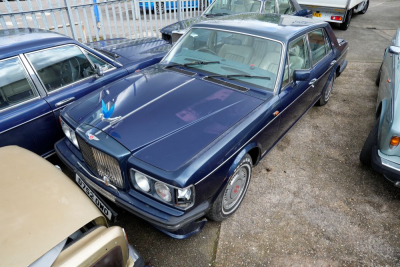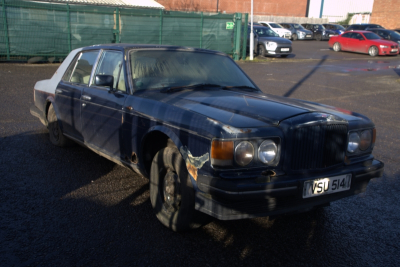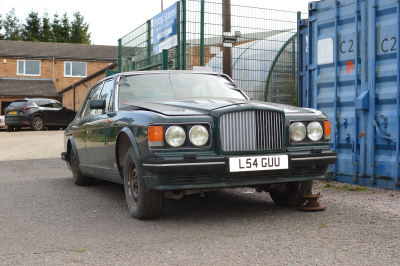Flying Spares Recycled

In our global role of supporting Rolls-Royce and Bentley owners, we are dedicated to keeping your cars where they should be, on the road. At Flying Spares that means offering the widest choice of parts for all Rolls-Royce and Bentley models from 1946 to the present day. We stock an extensive range of recycled parts to suit your requirements.
Recycled Parts | 12-month warranty
At Flying Spares, we passionately believe that every Rolls-Royce and Bentley is a piece of motoring history. We’ll always keep them running if we can or save as much as possible. Currently, around 95% of the parts we strip are reused. The next process depends on the part. For certain specialist work, like re-lacquering wood or re-silvering lights, we use trusted external suppliers, but we do ever more in-house. Flying Spares is proud to hold the world’s largest stock of recycled Rolls-Royce and Bentley parts, an invaluable source of rare and no longer available (NLA) components. We supply recycled parts with a 12-month warranty.

